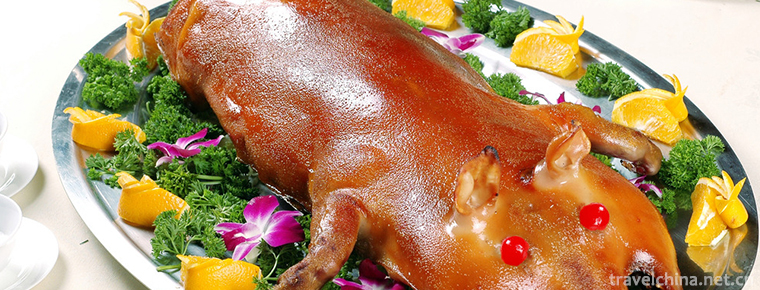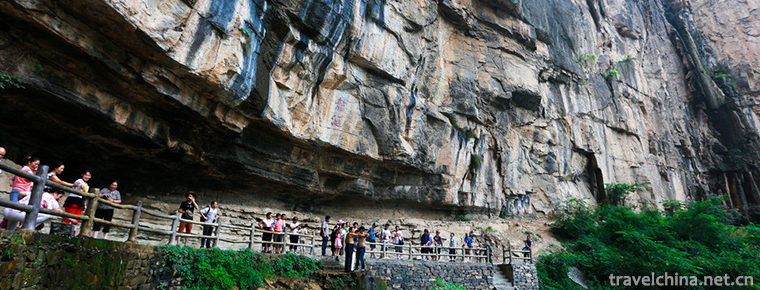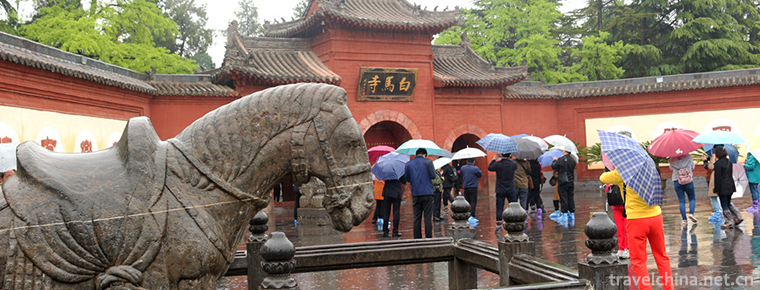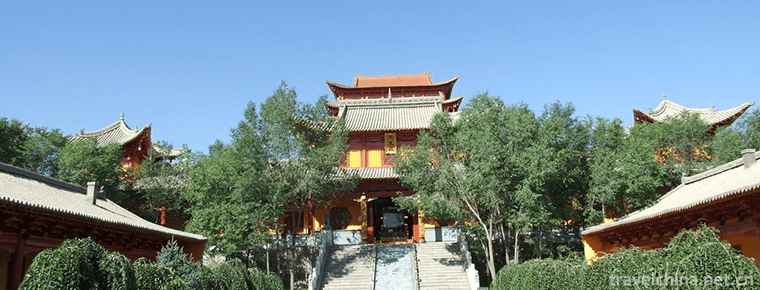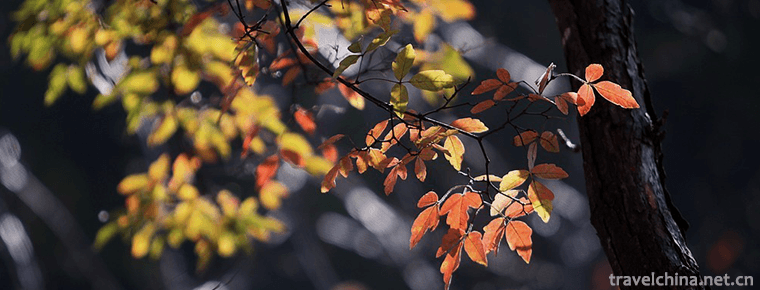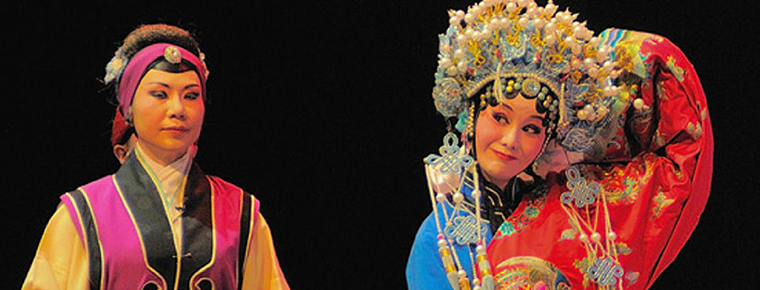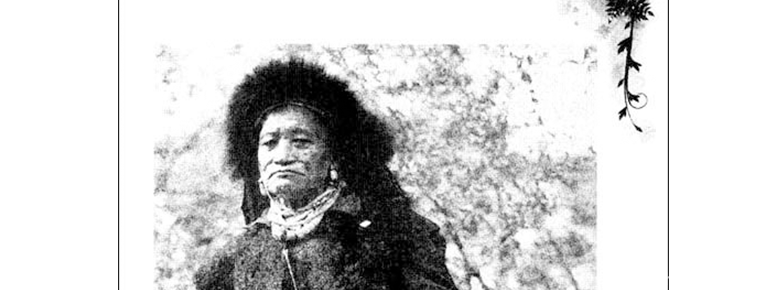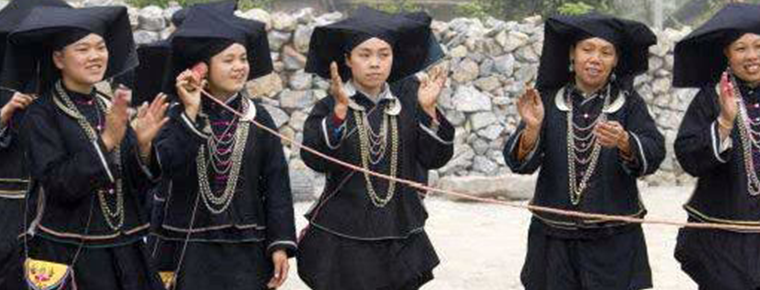Tibetan Metal Forging Technology
Tibetan Metal Forging Technology
Zhaxi Coloured Gold, Silver and Copper Processing Plant in Xikaze City, Tibet, has a long history. It is the earliest gold and silver bronze enterprise in the region with strong technical force. According to textual research, Danbainima of Panchen VII (1780-1854 A.D.) invited goldsmiths from Nepal to set up a processing site south of Zhaxiji Coloured in Luding (transliteration), specially organizing skillful craftsmen to process temple articles. 。
On May 23, 2011, Tibetan metal forging technology was approved by the State Council and listed in the third batch of national intangible cultural heritage list.
Essential information
Name of Cultural Heritage: Metal Forging Skills of Tibetan Nationality (Metal Forging Skills of Zaxiji Coloured Gold, Silver and Copper)
Belonging region: Xigaze, Tibet
Heritage No. -120
Heritage Category: Traditional Skills
Date of declaration: 2011
Declarer/Declarator: Xigaze District, Tibet Autonomous Region
Heritage Level: Country
brief introduction
Since then, Zhaxi Jicai has become an administrative village with gold, silver and bronze processing factories and gold, silver and bronze craftsmen concentrated. All kinds of craftsmen have abundant talents. There are many kinds of gold, silver and bronze wares with good quality. It has a high reputation both inside and outside the region.
History
Zhaxiji Coloured Gold, Silver and Copper Processing Plant in Xikaze City, Tibet has a long history. According to textual research, the seventh Panchen Danbainima (A.D. 1780-1854) invited gold and silver artisans from Nepal to set up a processing site in Luding (now south of Zhaxiji Colour), specializing in the organization and processing of temple supplies. Zhaxiji Gold, Silver and Copper Processing Plant was developed on the basis of the craftsmen'mutual assistance group in 1960. At that time, there were 18 craftsmen, each of whom had a share of 8 to 20 yuan. In 1966, he became a craftsman team of Zhaxi Jicai People's Commune. His main business is powder processing and gold, silver and bronze processing. In 1980, it was renamed Zhaxiji Coloured Gold, Silver and Copper Co., Ltd. with a capital of 46,000 yuan and a staff of 44 people. The production project was to process gold, silver and copper ware. In 1987, it was renamed Zhaxiji Coloured Gold, Silver and Copper Factory. The products produced by this factory mainly consist of articles for people's daily life and religious supplies. It also produces tourist souvenirs, arts and crafts, etc. There are more than 100 kinds of products.
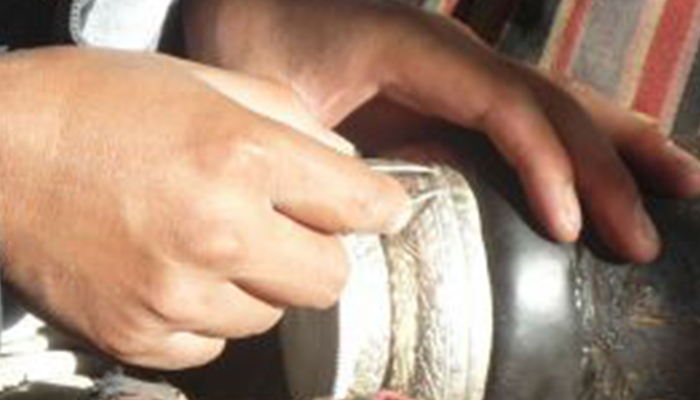
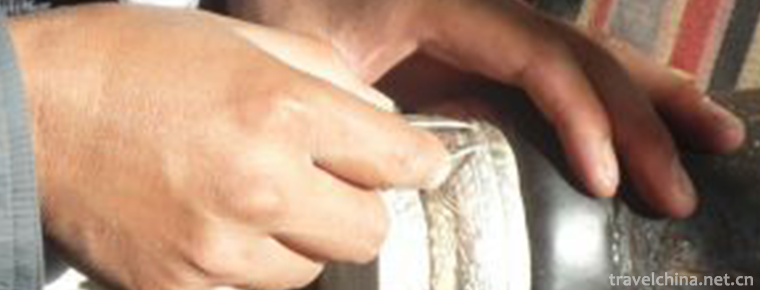
Tibetan Metal Forging Technology
-
Twicecooked pork slices
Twice cooked pork is a traditional dish of Sichuan
Views: 212 Time 2018-10-12 -
Gold medal suckling pig
Roasted Suckling Pig. Characteristic: It has won the "Golden Ding Award" by the national commercial department. It is a precious Cantonese dish at the banquet.
Views: 267 Time 2018-11-14 -
The Wanxian Moutain
Wanxianshan Scenic Area is located in the hinterland of Taihang Mountain in the northwest of Huixian City, Henan Province. It belongs to Nantaihang Tourism Resort, Xinxiang
Views: 238 Time 2018-12-17 -
White Horse Temple Baima Temple
Baima Temple is located in Baima Temple Town, Luolong District, 12 kilometers east of the old city of Luoyang City, Henan Province. Founded in the eleventh year of Yongping in the Eastern Han Dynasty
Views: 206 Time 2019-01-02 -
Linhai Qishi Scenic Area
Linhai Qishi Scenic Area is located in Tangwanghe District, Yichun City, Heilongjiang Province. Scenic area covers 190 square kilometers. It is a new eco-tourism area and National Geological Heritage
Views: 197 Time 2019-01-30 -
Shandan Great Buddhist Temple
Shandan Grand Buddha Temple is located at the foot of the mountain 5 kilometers west of Shandan County, Zhangye City, Gansu Province. The old name of "Tufo Temple" was built in the Northern
Views: 183 Time 2019-02-08 -
Songxian Tianchishan National Forest Park
The Tianchishan National Forest Park in Songxian County, Luoyang City, is located in Xionger Mountains, northwest of Songxian County, Luoyang City, with a total area of 1716 hectares and a forest cove
Views: 148 Time 2019-02-13 -
Chu opera
Chu Opera, a local traditional drama in Hubei Province, is one of the national intangible cultural heritage.
Views: 227 Time 2019-04-18 -
Legend of the Ancestors of the Loba Nationality
The legend of the ancestors of the Loba nationality is an organic part of the life of the Loba people, a mirror of the Loba society and a way of existence of the folk life of the Loba people.
Views: 123 Time 2019-05-15 -
Napo Zhuang Folk Songs
Napo Zhuang, also known as "Heiyizhuang", is a unique ethnic group among the Zhuang people. It calls itself "Min", "Zhong", "Ouch". Now there are about 518,000
Views: 127 Time 2019-06-06 -
Capital Institute of Physical Education
Capital Institute of Physical Education is a sports class in Beijing. Ordinary universities Located on Beijing City Haidian District, West Zhongguancun Science Park District, east of Yan Mu scenic are
Views: 346 Time 2019-11-24 -
Tips for Chengdu Tourism
Views: 145 Time 2020-11-28

